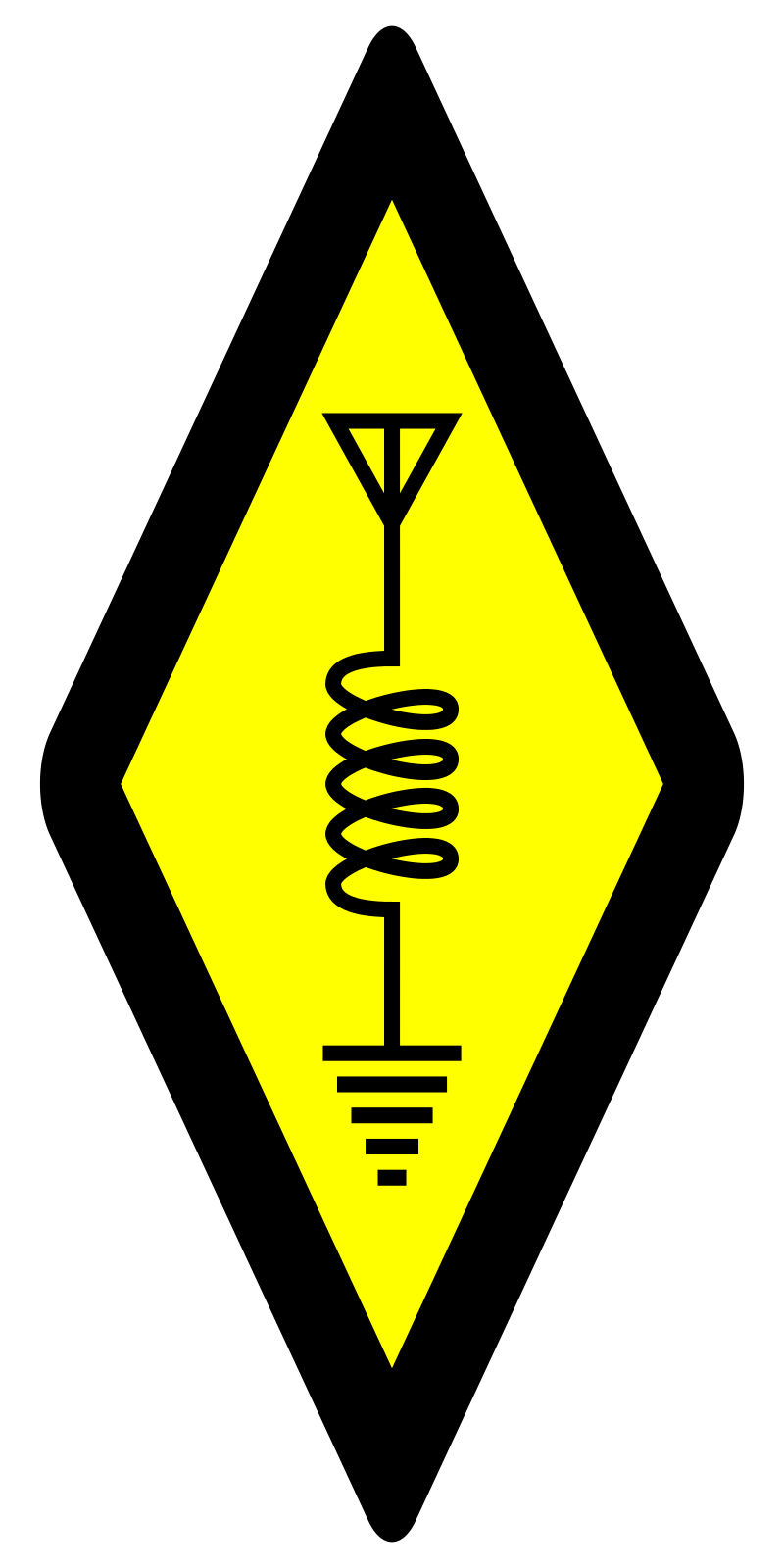

LocalSend.
No more USBs ever (outside of install media). So so simple, fast, and works on all devices and FOSS.
It is really the best UX of any file sharing app I have experienced (outside of airdrop I guess, but obvious problems there)
Okular is also a favorite of mine.










I had the same thing on Bazzite just with the local network, not a VPN.
I believe it has to do with the firewall. You have to open the port both incoming and outgoing for 53317.
But you literally have to be on the same network, so for example if both devices are on the same local network (hence local in the name) and your phone is on a VPN but your computer is not on a VPN, then it won’t work.
It should work if you VPN into your local network remotely so that both devices are on the same LAN, however, then that won’t work anyway because you have to have physical access to the device to accept the transfer (you could probably use a remote desktop to do that, but then it is getting complicated)